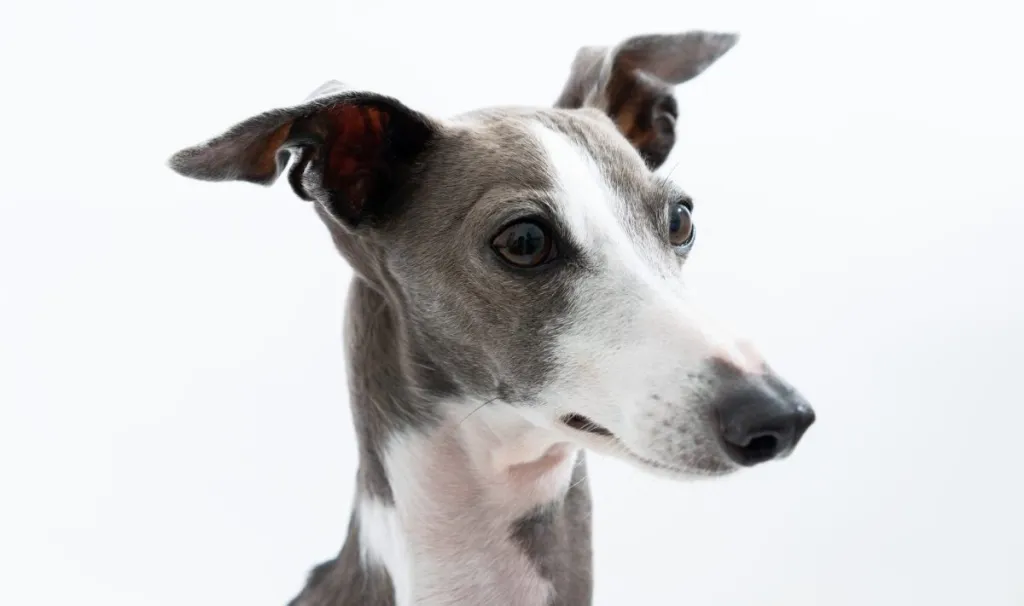Welcome, dog lovers! Today, we’re diving into the world of Italian Greyhounds, those sleek and graceful companions who steal hearts with their speed, charm, and loving nature. Join me as we uncover everything you need to know about this unique breed.
Origins and History of the Italian Greyhound
The Italian Greyhound has a rich history that dates back over two millennia. Originating in ancient Egypt and favored by Italian nobility during the Renaissance, these miniaturized greyhounds were prized for their agility in hunting small game and their status as beloved lapdogs. Their elegance and grace have made them a favorite among dog enthusiasts worldwide.
Physical Characteristics
Standing at about 13 to 15 inches tall at the shoulder and weighing between 7 to 14 pounds, Italian Greyhounds are the definition of slender elegance. Their short coat comes in a variety of colors, including shades of fawn, blue, red, and black, often with white markings.
Despite their delicate appearance, Italian Greyhounds are surprisingly athletic and agile, capable of reaching speeds up to 25 miles per hour. Their fine-boned structure and deep chest contribute to their exceptional speed and endurance.
Temperament and Personality
Italian Greyhounds are known for their affectionate and sensitive nature. They form strong bonds with their human families and thrive on companionship. While they may initially appear reserved around strangers, they quickly warm up and enjoy social interactions.
Due to their sensitive disposition, Italian Greyhounds respond best to positive reinforcement training methods. They are intelligent dogs and enjoy mental stimulation through training sessions and interactive play.
Exercise and Activity Needs
Despite their athleticism, Italian Greyhounds are indoor dogs who appreciate a cozy environment. While they enjoy short bursts of activity and sprinting in a secure area, they are generally content with moderate exercise. Daily walks and playtime are essential to keep them physically and mentally stimulated.
It’s crucial to protect Italian Greyhounds from extreme temperatures due to their thin coat and low body fat. They thrive in temperate climates and may need extra layers during colder weather.
Grooming Tips for Italian Greyhounds
Maintaining an Italian Greyhound’s coat is relatively easy due to its short and smooth texture. Regular brushing with a soft-bristled brush helps minimize shedding and keeps their coat shiny.
Their nails should be trimmed regularly to prevent overgrowth, and dental hygiene is essential to prevent dental issues. Like all dogs, regular veterinary check-ups ensure their overall health and well-being.
Health Considerations
Italian Greyhounds are generally a healthy breed, but like all purebred dogs, they may be prone to certain health conditions. Common issues include:
Dental problems: Due to their small mouths, they are susceptible to dental issues like tartar buildup.
Luxating patella: A condition where the kneecap slips out of place, which is common in small breeds.
Leg injuries: Their slender legs are prone to fractures and sprains, so it’s essential to handle them gently and provide a safe environment.
Regular veterinary care, a balanced diet, and maintaining a healthy weight are crucial for preventing and managing these health concerns.
Training and Socialization
Italian Greyhounds are intelligent dogs who respond well to positive reinforcement training. Start training early to establish good behaviors and manners, and be patient with their sensitive nature.
Socialization is equally important to ensure they are comfortable around other dogs and people. Expose them to different environments, sounds, and experiences from a young age to help them become confident adults.
Feeding and Nutrition
Providing a balanced diet is essential for the health and well-being of Italian Greyhounds. Choose high-quality dog food appropriate for their size, age, and activity level to support their metabolism and maintain muscle tone.
Due to their slim build and fast metabolism, Italian Greyhounds may benefit from smaller, more frequent meals throughout the day to prevent bloating and maintain energy levels.
Always provide fresh water and consult with your veterinarian for personalized feeding recommendations based on your dog’s needs.
Finding an Italian Greyhound: Adoption and Breeder Considerations
If you’re considering adding an Italian Greyhound to your family, there are several options to explore:
Adoption: Many Italian Greyhounds are available for adoption through rescue organizations and breed-specific rescues. Adopting a dog gives them a second chance at a loving home and is often more affordable than purchasing from a breeder.
Reputable Breeders: When choosing a breeder, opt for one who prioritizes the health and well-being of their dogs. Responsible breeders conduct health screenings, provide socialization for puppies, and offer support throughout the adoption process.
Avoid supporting puppy mills or backyard breeders, as they prioritize profit over the welfare of the dogs.
Conclusion
In conclusion, the Italian Greyhound is a remarkable breed renowned for its elegance, athleticism, and affectionate nature. Whether they’re racing around the backyard or curled up in your lap, these miniature greyhounds bring joy and companionship to countless families.
Remember, owning a dog is a lifelong commitment that requires love, patience, and dedication. With proper care, training, and attention to their unique needs, your Italian Greyhound can be a cherished companion for many years to come.
Are you ready to welcome an Italian Greyhound into your home? Their grace and charm are sure to captivate you from the moment you meet. Here’s to many years of love and adventures with your new furry friend!
- Best Clay Alternatives for 2025 - April 19, 2025
- Best Seamless.ai Alternatives for 2025 - April 19, 2025
- Best UpLead Alternatives for 2025 - April 18, 2025



